The Beauty of Deosai
Adventure seekers are drawn to the Deosai National Park in Gilgit-Baltistan’s Astore Valley in northern Pakistan. This plateau represents the confluence of the Karakorum and the western Himalayas and is reachable from both Skardu District in the north and Astore District in the west.
Many visitors who visit Astore also travel to the stunning Deosai Plateau, which attracts tourists. After Chang Tang in Tibet, it is “the second-highest plateau in the world.”
Discover this mysterious place where the sky meets adventure and mythology merges into the landscape.
The Deosai Plains: Roof of the World
After a long trek over rocky terrain made up of mountains, valleys, towns, and hills, my first sight of Deosai made me feel as though Wordsworth had written his poems specifically for this location.
This isn’t an exaggeration; you have to see it for yourself. Sheosar Lake and Deosai National Park perfectly capture Wordsworth’s poetic vision.
The uncharted and remote regions of the world were thought to be too difficult to explore a century ago. Such far-off, barren places would be given names by humans that reflected the fear of the unknown.
The world is evolving. People are increasingly traveling to these far-flung northern territories in this age of industrialization and commercialization despite the vast array of entertainment options available in the busy cities.
The pursuit of true inner peace and conscious connection seems to escape us as human knowledge and skills increase; this endeavor is frequently overshadowed by the commotion of modern life.
Why not embark on a trip to Deosai if you’re looking for tranquility and untouched natural wonders?
‘Deo’ (giant) and ‘Sai’ (shadow) are two nouns that are combined to form the word ‘Deosai.’ The name “The Land of the Giants” was coined because it has long been thought that giants haunt this location.
Here, the weather can be fairly changeable; occasionally, summer snowfall will begin. Here, the sun seems to hide & seek with the clouds, beaming one moment and cloudy the next.
This area was impassable for a very long time because of the variety and abundance of species present. Deosai is largely abandoned because the area is inhospitable to living even in this day and age due to icy winds, thunderstorms, and the presence of wildlife.
For generations, nomads from Kashmir have traveled through the Deosai plains with their herds. Deosai is strangely silent, and it has been silent for many years. In the absence of a marmot’s whistle filling the valley, the silence is so profound that one can hear his own heartbeat.
Deosai is situated at the intersection of the western Himalayas and the Karakoram range and is always at least 4,000 meters above sea level. For eight months, it has been covered with snow. Although it supports a variety of lovely flowers throughout the rest of the year, this 3000 sq. km. plateau is devoid of any trees.
Incredible Scenery, Springs, and Wildlife in Nature’s Paradise
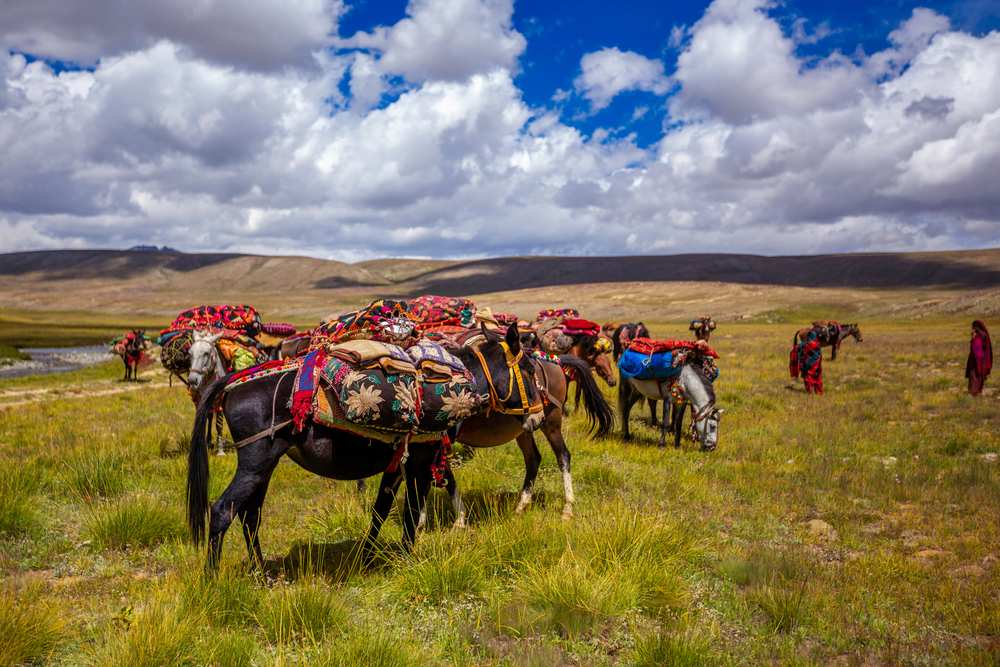
Deosai is home to a number of springs that are stocked with trout fish and provide food for both people and bears.
The real beauty of Deosai is the 5000-meter-high mountains in the background, the wildlife that lives there, the almost-touchable-low clouds, the Himalayan Golden eagles flying between them, and the strange scent in the air that is probably a combination of brown bears, red foxes, white tigers, and cheeky marmots.
From Skardu Bazaar, a road heads towards the settlement of Sadpara. The view of Satpara Lake from this winding route is so breathtaking that viewers fail to blink.
Soon, the settlement of Sadpara, where the local kids have teamed up with nature to block the cars.
As soon as a car starts to slow down, neighborhood kids stop it to sell cherries and other local fruits. The road has been cracked by a stream flowing through it.
The road gets uneven, and ears are put under pressure as height increases when the village is left behind. It is enough to stop a first-time visitor’s heart from beating to have high mountains on one side and depths on the other.
But after the trek is over, you’ll encounter a spectacle that can neither be fully captured in pictures nor fully explained in words.
Sheosar Lake: The Magical Jewel of Deosai
From Barra Paani, a bridge connects to the road that leads to the ethereal Sheosar Lake. Sheosar translates to andhi, which means “blind” in the local language.
This lake takes pride in being among the highest in the world. A lasting impression is left on one’s mindset by the deep azure waters, which are surrounded by snow-capped mountains in the distance and colorful leaves and wildflowers in the front.
This scene is especially mesmerizing during the summer.
The fearsome Nanga Parbat, often known as the “killer mountain,” is a striking sight in the clear sky, with its snow-covered summit clearly visible.
When the lake is calm, Nanga Parbat’s face appears to be reflected in it as if white paint has been subtly infused into the azure waters. This lake is definitely the life and soul of Deosai.
The Charm of Deosai: Floral and Faunal Revelry
Due to its location at the meeting point of the Himalayan and Karakoram-Pamir highlands, the Deosai National Park is teeming with diverse species.
Deosai National Park is notable for its extraordinary biodiversity preservation rather than a single species, like the Brown Bear, and for the variety of animals it is home to.
It is a vital nesting and breeding location for internationally significant migratory and resident birds, and Birdlife International has designated the western Himalayas as an Endemic Bird Area.
In the summer, a wide variety of migratory and resident bird species can be found at Deosai, including gulls, geese, terns, plovers, shanks, sandpipers, Common Mergansers, and Horned Lark.
The Goldfinch, Red-fronted Serin, Rock Bunting, Golden Eagle, Eurasian Sparrowhawk, Griffon Vulture, Snowcock, Kestrels, and Pheasants are just a few of the other bird species that call the park home.
The quantity and variety of Deosai’s flora mirror that of the wildlife. In addition to feeding wildlife, the hundreds of species of fragrant flowers also have powerful therapeutic qualities.
The entire area blooms with a variety of wildflowers in the spring and summer, luring rare butterfly species to flutter over their brilliant hues.
Deosai is home to 342 different plant species. Among the notable types are Golden Ragwort, Forget-Me-Nots, Pink Sedum, “Tumoro” (the term used locally for wild thyme), Gentian, Asian Bell Flower, Geranium, Scabious, Thistle, Monkshood, and numerous others.
In Skardu and Astore, “Tumoro” is a popular herbal tea component among the variety of plant life that the inhabitants use for medical purposes.
Exciting Adventures Await at Deosai
“Deosai National Park” is where adventure and the beauty of nature collide. Wildlife watching is one of the most well-known pastimes since it offers the chance to see spectacular animals like golden eagles, brown bears, and a wide variety of resident and migratory birds in their natural habitat.
Intense trekkers and hikers are drawn to the park’s expansive and mountainous terrains, which provide difficult treks and stunning views of lush meadows and rocky landscapes.
Photographers are drawn to Deosai because of its beautiful vistas, colorful wildflowers, and fascinating wildlife, which showcase nature’s splendor at its finest.
The bright night skies in Deosai make stargazing awe-inspiring as they display a starry tapestry.
It’s a common pastime to go fishing in its pristine rivers and lakes, especially for the big snow trout. It’s as enchanting to go birdwatching, picnic in amazing surroundings, or just take in the peace and quiet of this wonderful national park.
The best time to visit Deosai is in the brief summer season, which lasts from late June to early September when the weather is ideal and the park is in full bloom.
Mythical Stories Relating to Deosai
Ghosts & Weird Entities: The widespread concept that there are ghosts and other paranormal creatures in Deosai captures the interest of both residents and tourists.
Hidden Treasures: For many years, there has been a tradition that there are treasures buried within Deosai, luring adventurers and treasure hunters in search of fabled riches.
Mysterious Creatures: Legends about mysterious creatures living in Deosai have been passed down through generations and have continued to attract and intrigue people, adding to the park’s mystique.
Old Burial Grounds: The idea of ancient burial grounds lends Deosai a touch of magical importance and historical relevance, igniting legends about its ancient past.
Gateway to Mysterious Realms: The compelling and widely circulated legend in the area holds that Deosai acts as a portal to mystical dimensions home to fairies, jinns, and other supernatural entities.
These myths, which are firmly established in the local culture, add to the charm and mystique of Deosai National Park.
Conclusion
Deosai Plains, located in the center of Gilgit-Baltistan, is a place where mystical legends and the wonders of nature coexist. Both adventurers and fans of folklore are captivated by this high-altitude plateau’s diverse wildlife.
Deosai Plains are more than just a place to visit; they are a journey into the mystic embrace of the Himalayas, where stories dance with the wind and nature paints its colorful tales.
They are resonant with mythologies and showcase spectacular fauna and landscapes.
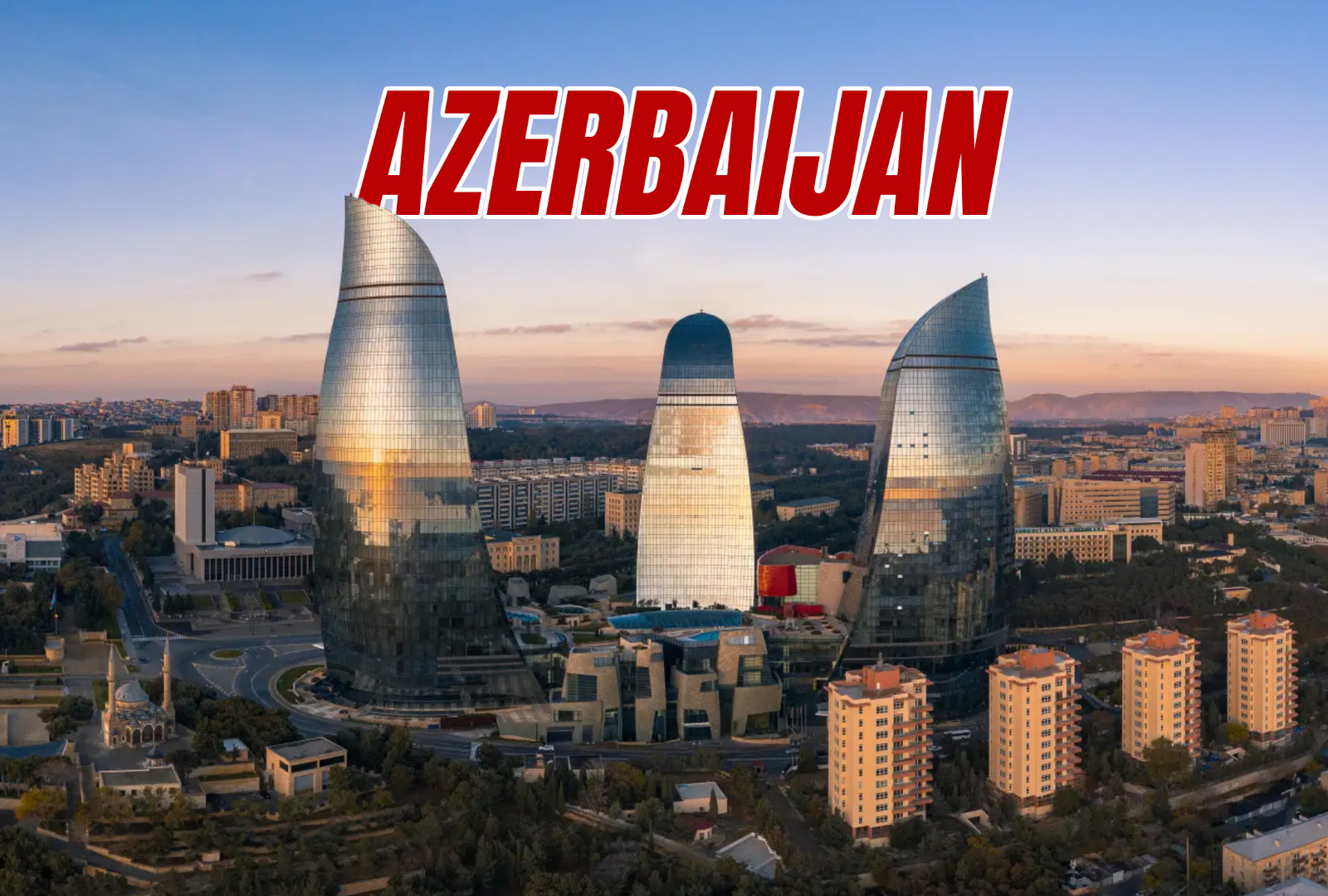

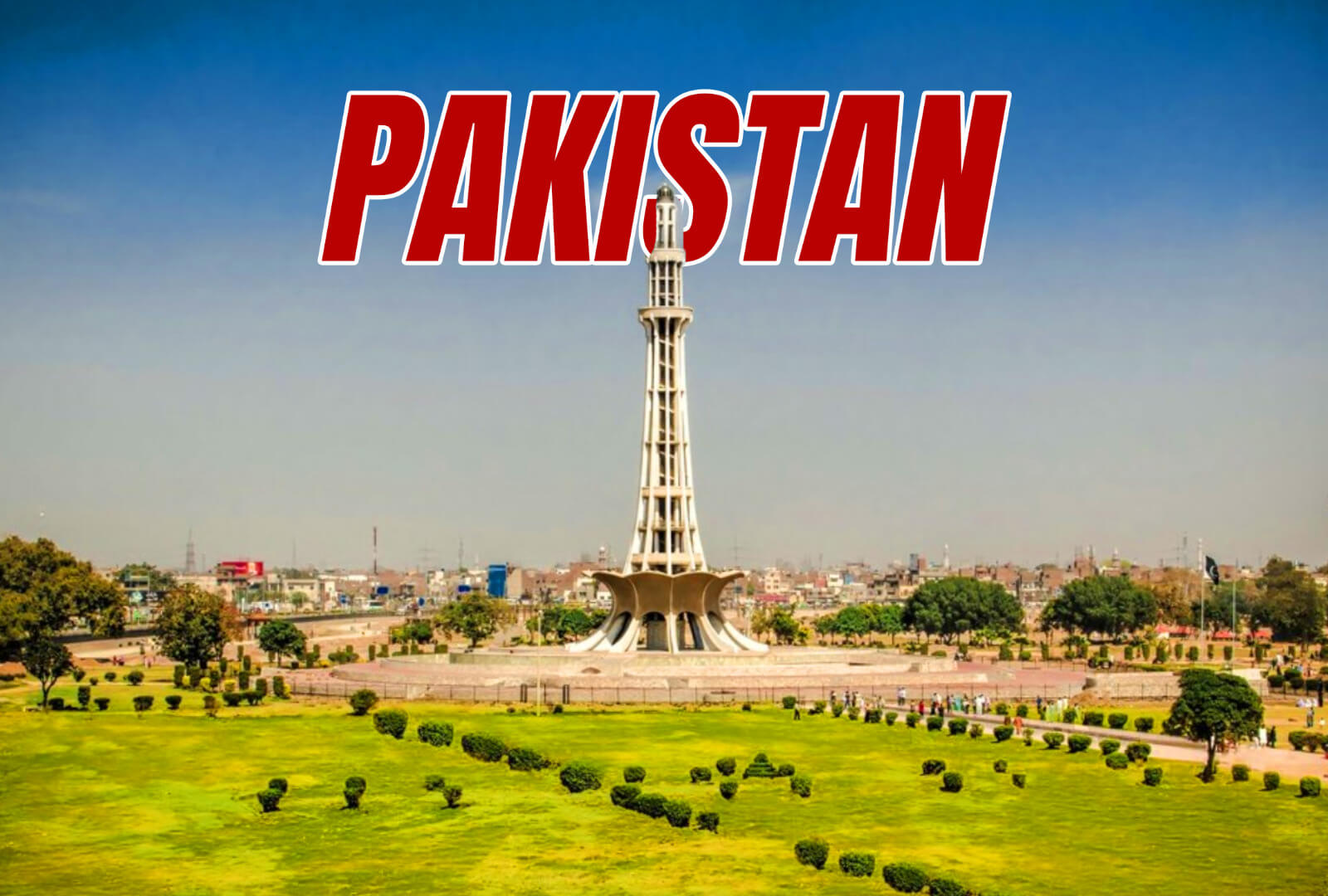


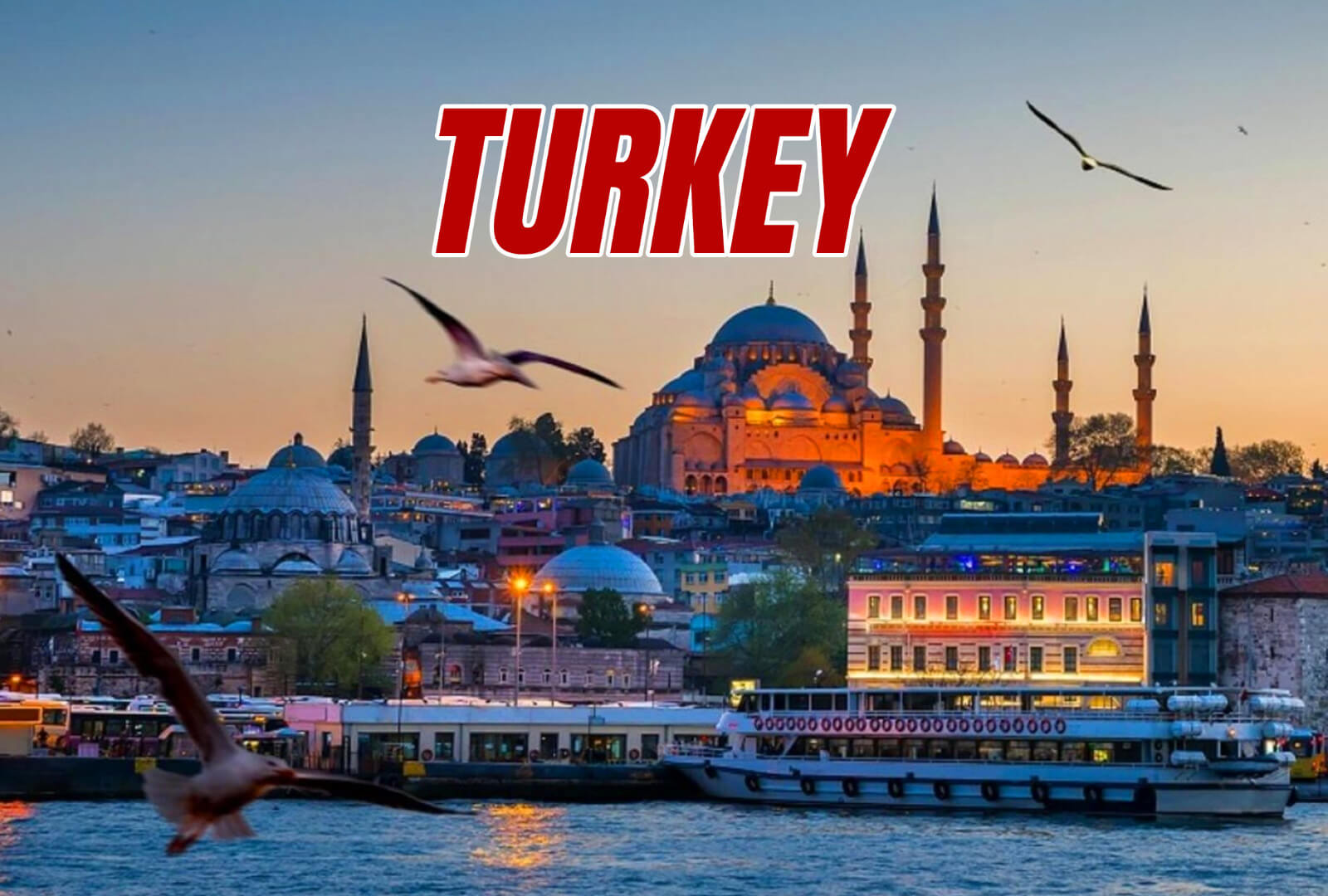
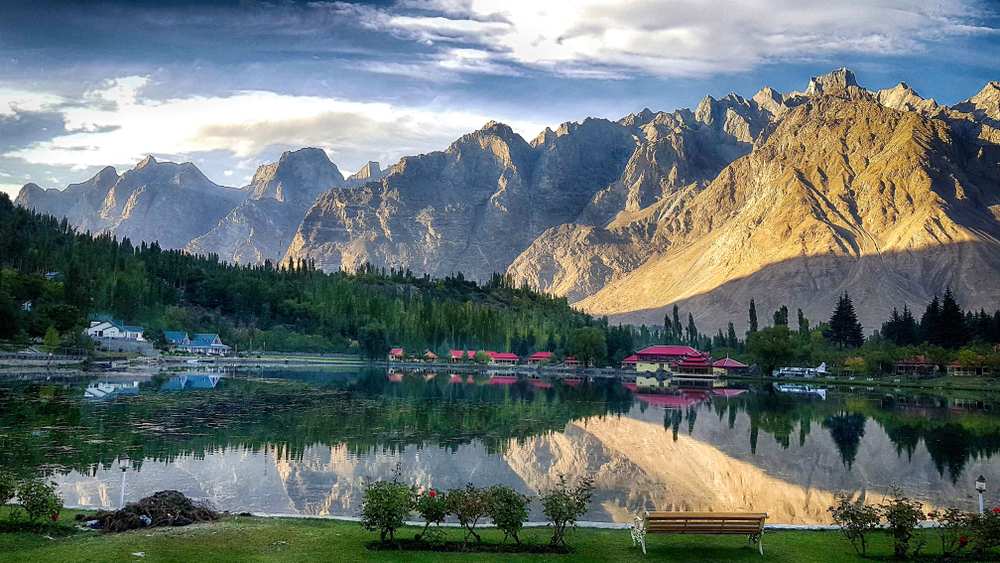
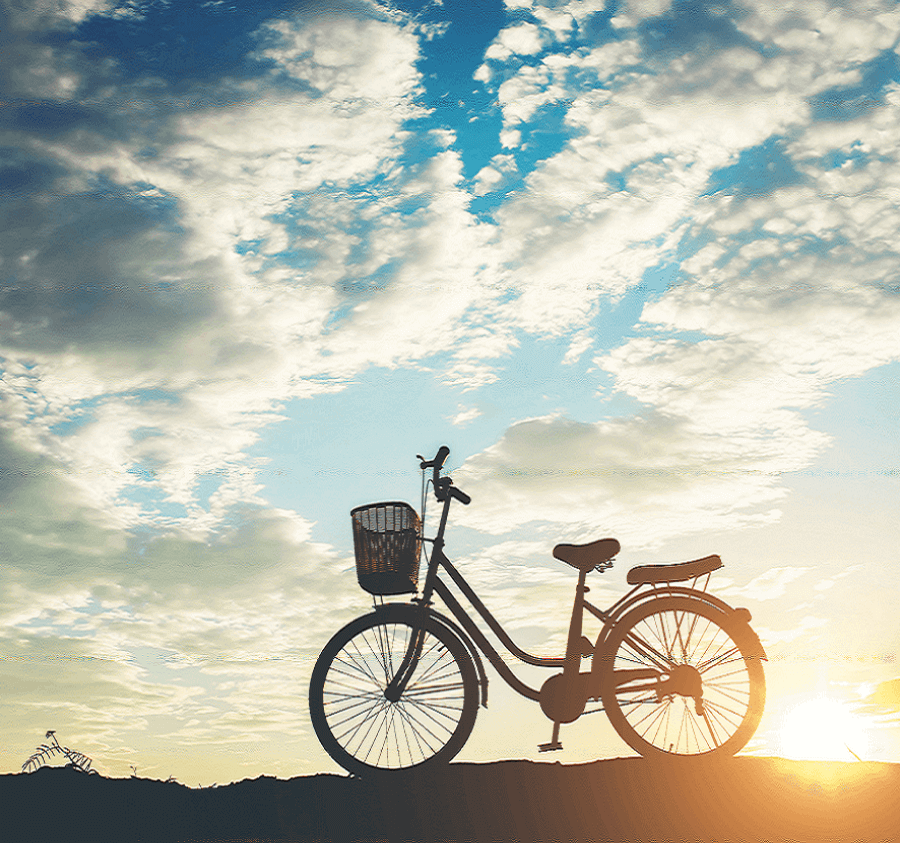
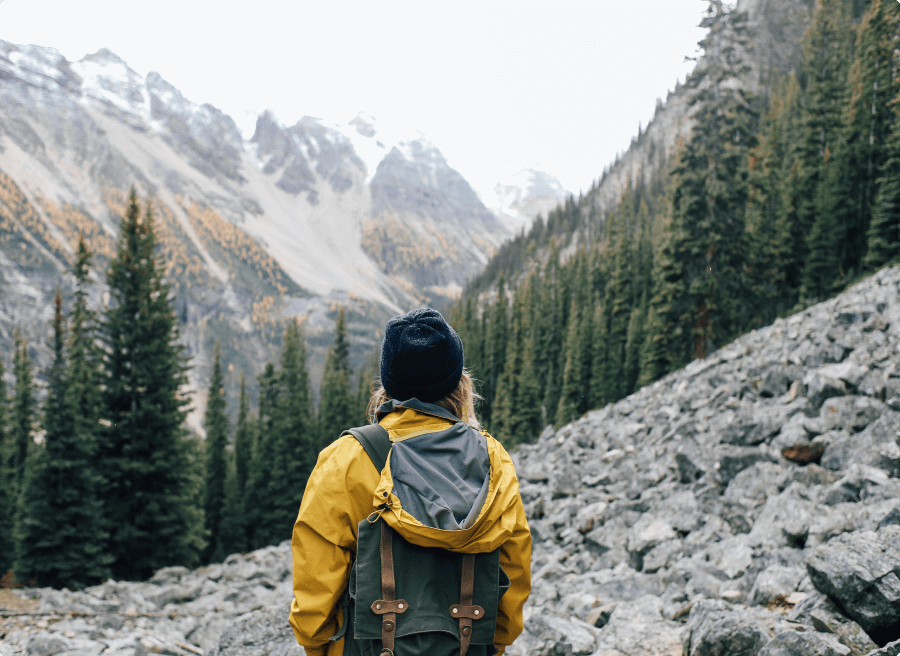
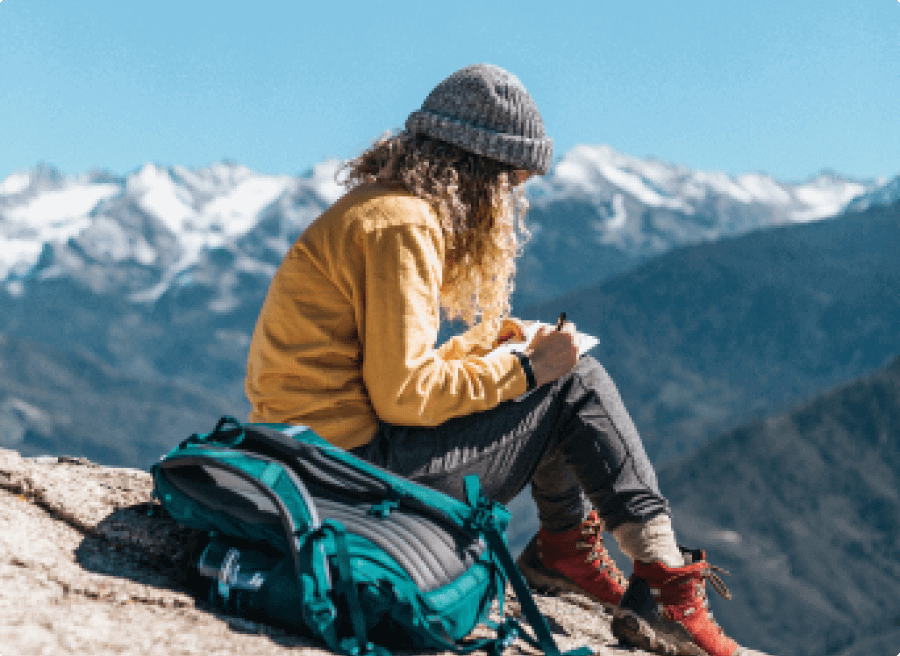
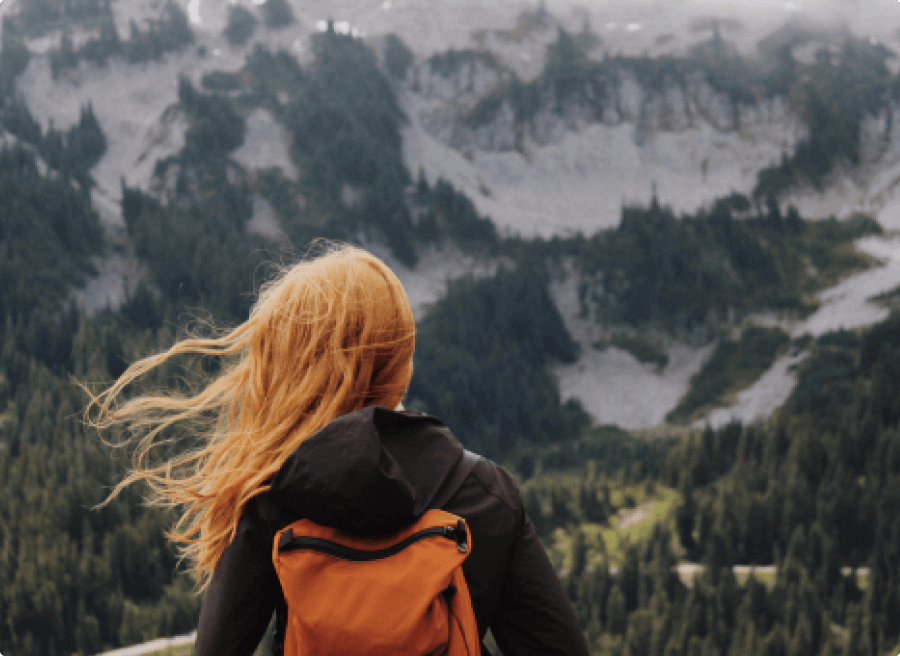

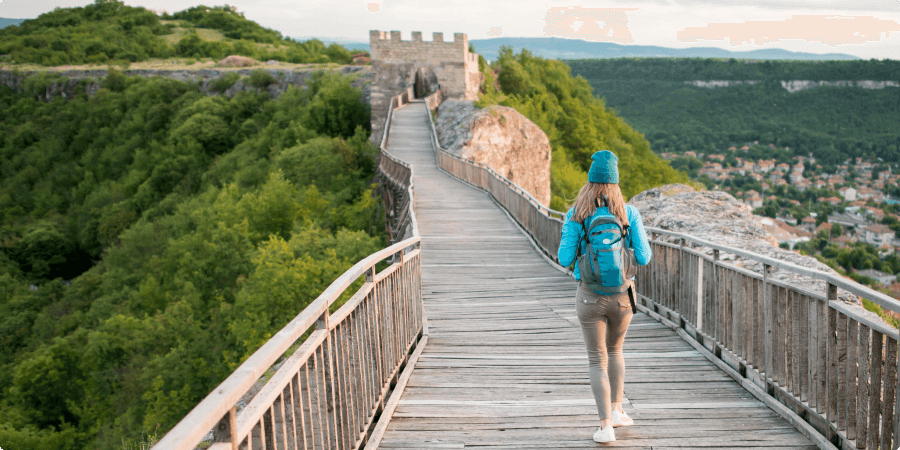

 &
& 